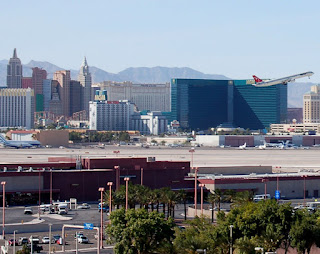Marco Polo tells Kublai Khan of the cities he has seen on his travels.
Canaletto: The Grand Canal and the Church of the Salute, 1730
Marco
Polo and Kublai Khan are opposite impulses: Polo explores, barters,
trades, assimilates himself from West to East. The Khan leads his
horde from East to West, destroying, sacking, absorbing. Yet it is
mercantile Polo not conquering Kublai who most threatens the
individuality of the cities he describes. The Khan is fascinated by
the extent and variability of his empire, Marco Polo by the extent to
which all of the world is the same.
Machinarium, Amanita Designs, 2009
The
cities Marco Polo describes are ethereal, shimmering visions, ideas
rather than architectural structures or social bodies. The ideas,
sometimes, are brilliant, revelatory, haunting, sharp hard gemstones
that inhabit Polo's dusty, footweary haze. Often they are flat,
subsumed by the dustcloud, mirages that never reveal themselves as
actual oases.
M.C. Escher: Waterfall, 1961
Marco
Polo (Italo Calvino?) is anxious about being (mis)understood. He
acknowledges the language barrier between him and Kublai Khan. He
must describe using sign language and yelping and the symbolism of a
chess set. Somehow he is at his most effective when he cannot be
precise. The cities live and breathe when they are given space.
Calvino sows the seeds of imagination, but the reader has to nurture
them.
Las Vegas Airport
A
helpful contrast can be seen in comparison with such city-chronicles
as The Wire or Ulysses or a Dickens novel. Calvino has no interest in
actually describing a city. His title is characteristically
misleading, yet absolutely accurate. These cities are invisible. They
are un-visible: they can never be visible, or visualised. They are
ghosts.
A view over Pompeii
Marco
Polo is not a traveller through space. Or, not a traveller through
space alone. He is, in Kublai Khan's wonderful phrase, a smuggler of
elegy. He travels the pathways of memory and futurity and mortality.
Biagio d'Antonio da Firenze, 1476-1504/15, The Siege of Troy: The Wooden Horse
Calvino's
cities are linguistic. They are, because of this, mutable,
fragmentary, incommunicable. Yet some of his words combine to form a
pattern that expresses, for a few short sentences, an idea that seems
profound and unbearable. The rest are not quite as terrifying or
beautiful.






No comments:
Post a Comment